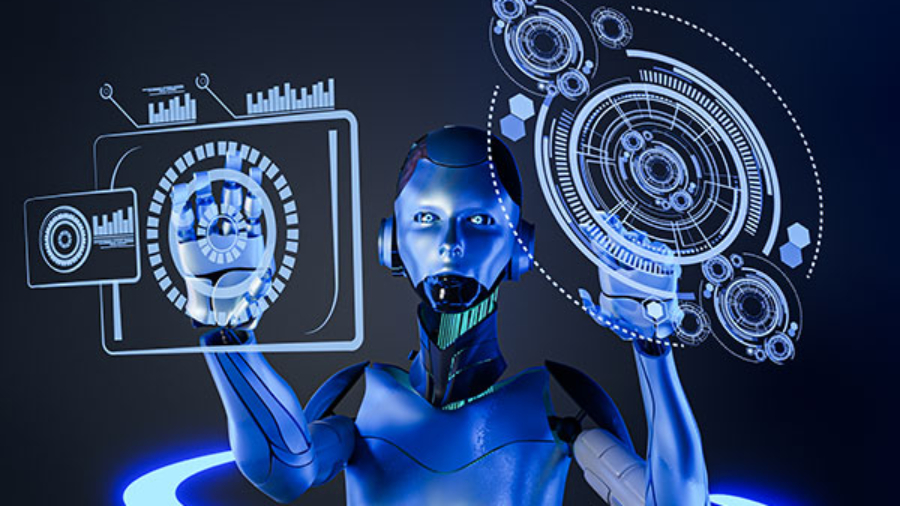What are the problems of optimization and retrieval?
Technological evolution at all stages requires new developments from time to time. Similarly, there are new advents in 2020, in the domain of RPA in general. This year, technology will continue to grow. However, RPA program investments are expected to hit 1 billion US$ by 2020, with a cumulative annual rate of growth of 41 percent. Companies such as UiPath and Blue Prism hold modular RPA technologies, which companies through their enterprises can exploit, said Gartner.
Therefore, the ‘breakout year’ for intelligent production or RPA according to a Deloitte survey. 2020 will be. The study says leaders are now looking for smart technology programs, both regulatory and artificial intelligence-based technology, with automation rolled out in several businesses. Intelligent automation imitates essential human thinking, such as email processing, and takes out manual, rules-based, routine operations, such as submitting the email to another managing unit.
As reported in the study, more than a third (34%) of managers are unable to gage intelligent automation. In companies that are only beginning to leverage the technology, this shortage is expanding. Three out of five pilots (59 percent) believe they lack the ability and the expertise to execute their plan.
Justin Watson, Deloitte’s global leader in robotic and smart automation, says: “2020 is a breakthrough year for smart automation since organizations combine robotic process automation with artificial intelligence and new technologies to create new working methods. Through this automation, the processing of data, predicting, and analyzing contextual decisions goes beyond the routine to the innovative. Organizations that reimagine how they operate, use a combination of people and staff, and possess the experience and expertise to implement intelligent automation are ideally positioned to use the technologies that promise.”
Which are the problems of optimization and its salvation?
Problem: The scalability of the solution itself is a big challenge in 2020. Assume that a corporation has trouble performing a job at the peak of the year because of the complexity of the RPA licensing instruments. These licenses that are currently available do not require this as businesses have to pledge to use a certain number of bots for at least one year. This scenario sometimes leads to the organization paying for bots that they don’t need. They also are described with a problem that reduces their technical solutions.
In addition, the RPA industry grew by 63 percent last year, rendering it the fastest-growing business software sector, according to Gartner. During its fifth year of truly commercially successful RPA, the program progresses from early penetration to a wide variety and size of the market. Developers are mindful of questions about automation process scalability and the suggested approach is model systems, including the robot-as-a-service (RaaS).
Rescue: “According to James Ewing, Regional Director, UK & Ireland, Digital Workforce, the RaaS concept is the latest version for the software-by-service ( SaAS) platform. It also solves the key pain points for automation scalability and provides companies an economical solution to traditional RPA licenses. However, it calls for a fresh perspective on the whole RPA solution. A company will see the approach from a new cloud-based point of view, rather than create a conventional IT ecosystem for RPA.
RaaS provides organizations, which encourage them to extend by licensing and software development to the web, and then place the RPA applications on the software, said James Ewing. This also helps potential customers, who are only beginning to transition online, to scale up and use RaaS as their network architecture rapidly.
Many businesses were supposed to simplify their tasks by at least 20 percent in five years, and Robot-as-a-Service revolutionizes the way enterprises execute an RPA approach.


